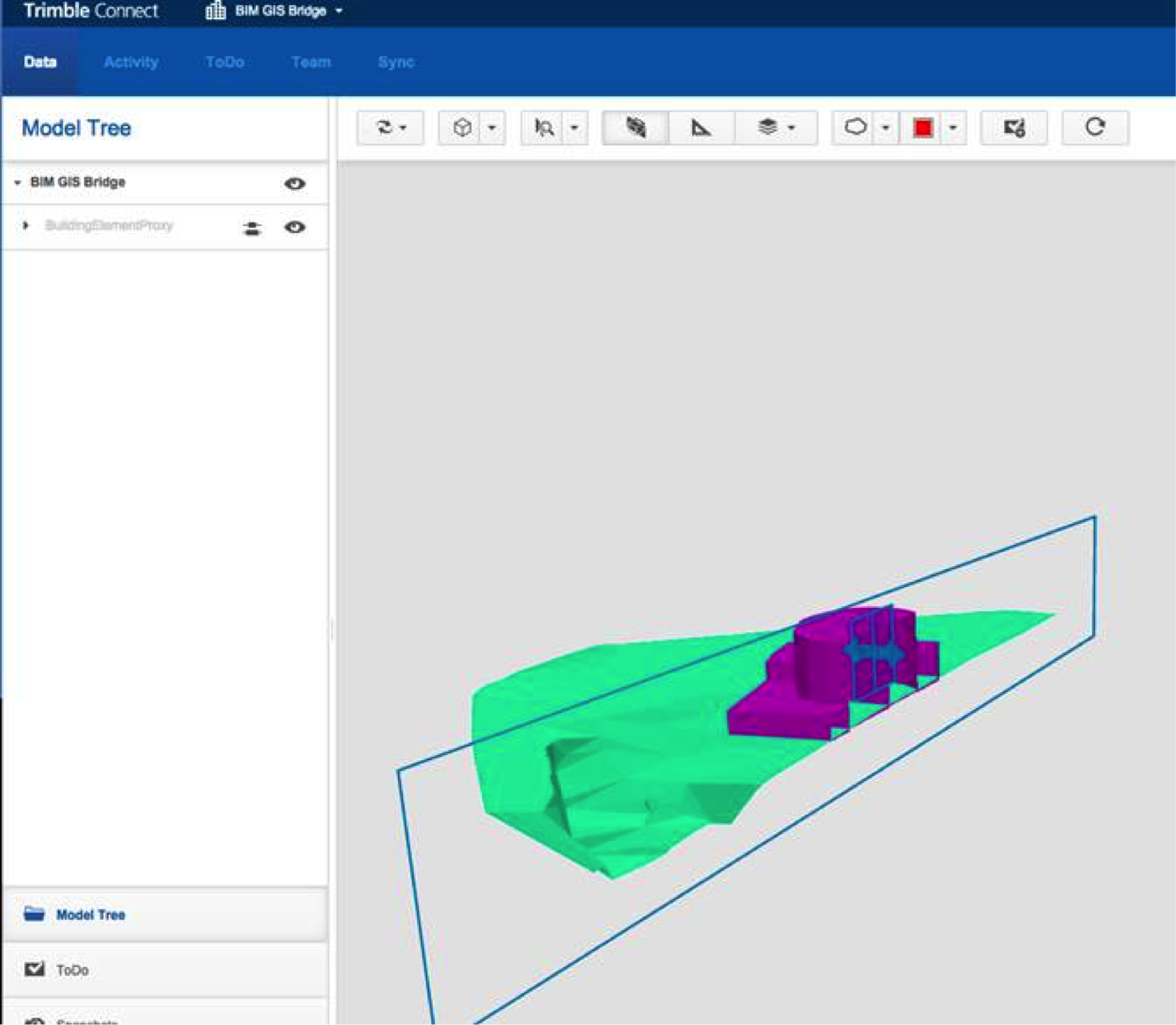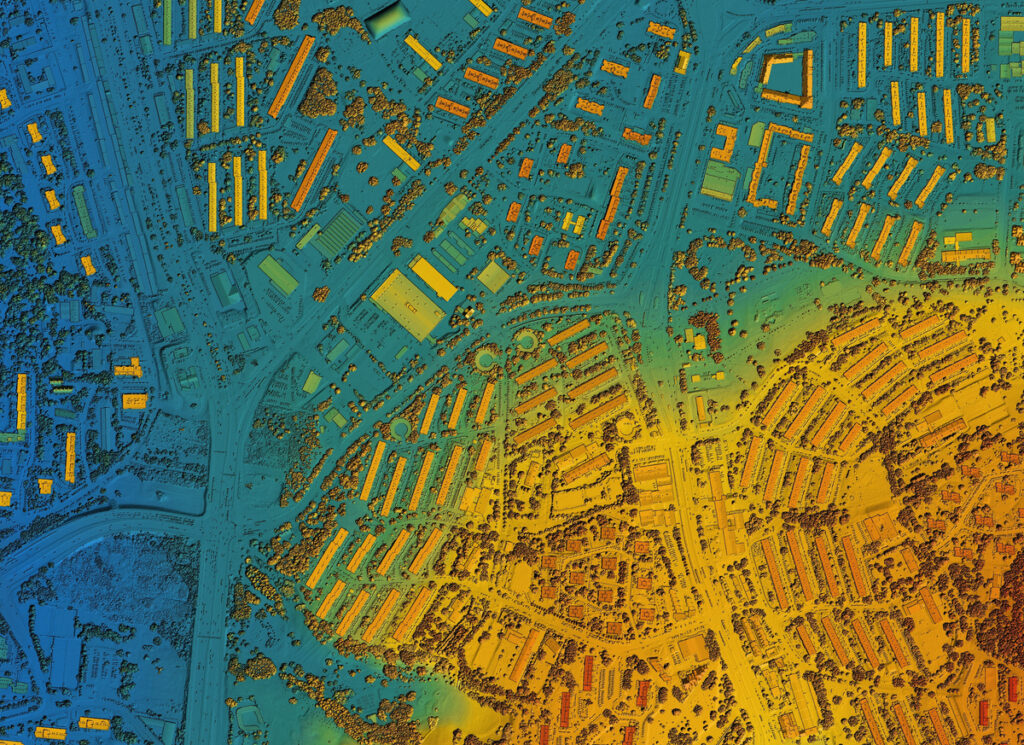The State (+ Future) of BIM and GIS Interoperability


 If we were in the habit of choosing a “Word of the Year” around here at Safe, “BIM” would be a strong contender for 2014. This week, as Autodesk University kicks into gear, I expect it will be front and center, as it has been recently at a number of conferences Safers have attended.
If we were in the habit of choosing a “Word of the Year” around here at Safe, “BIM” would be a strong contender for 2014. This week, as Autodesk University kicks into gear, I expect it will be front and center, as it has been recently at a number of conferences Safers have attended.
BIM (and BIM-GIS interoperability) has been popping up so frequently that a slightly modified version of Monty Python’s “Spam” sketch has been running through my head… “Well, there’s egg and BIM; egg, bacon and BIM; egg, bacon, sausage and BIM; BIM, bacon, sausage and BIM; BIM, egg, BIM, BIM, bacon and BIM; BIM, sausage, BIM, BIM, BIM, bacon, BIM, tomato and BIM… “ well, you get the idea. (And if not, here’s the original for reference. With Vikings.)
In all seriousness, though, as we were rounding out our IFC reading support by adding writing into FME, the buzz about BIM has been such that we did a survey this fall to see what our users were doing, what they were thinking about, and what they needed. The results confirmed many of our suspicions, provided some really great insight – and added valuable input to our development roadmap. You can see some of the results here, on the right, in this infographic (which you can click to view a full-res version).
Has it got any BIM in it?
Here’s what we’ve been hearing about BIM from the perspective of our crowd, an admittedly GIS-centric group of data jockeys.
It’s hard.
Yes, it’s hard, and it’s complicated, and it’s costly to produce. It’s also extremely valuable – and that value isn’t being extended through the potential lifespan this data could truly have if interoperability wasn’t a barrier.
Chris Needham of AEOCOM, which works with airport BIM data both in North America and Australia, summed up their ideal situation perfectly in a conversation last week. “What do BIM and GIS look like as a combination? The answer for us is that they are simply two lenses to what should be the same information underneath. And it’s merely a question of what information is accessed through which lens, and how does it look. People should be able to access the same information through their favorite lens.”
There’s no denying that great efficiencies can be had when all of this information can be harnessed appropriately. But if decisions made in the real world during construction and maintenance don’t make their way back into the data, it’s usefulness drops off with time. And if they do make their way in, and model remains a true representation, you can start to do many, many more useful things with it.
How do we make this happen? Well, IFC read/write support in FME is a major first step in the right direction.
Interoperability is Key
IFC (Industry Foundation Classes) is an XML-based ISO standard gaining traction in the world of BIM. Leif Granholm of buildingSMART, the organization behind IFC and much other work in open standards, spoke at the recent Trimble Dimensions conference about the current and potential state of BIM. Of particular note was his thesis about the evolution of BIM from documents (like DWG and PDF files) to bulk BIM (IFC files) to workflow BIM (BCF – Building Collaboration Format – files) to cloud BIM (files replaced by hosted services and their REST APIs). Everything we see points to this evolution picking up steam rapidly, before our very eyes.
Bridging Formats – and a Touch of Cloud
Evidence for Leif’s conclusions can be found in products like Autodesk’s A360, Bentley’s ProjectWise, and Trimble Connect. These cloud based products are springing up in front of our eyes, and are focusing heavily on collaboration, and the resulting extension of BIM data’s lifespan and value. Like many other disciplines, the cloud is a supporting player right now, and (as his vision points out), very much part of the future path. The emergence of cloud-based collaboration platforms holds the promise of helping BIM deliver more of its value – and the space will be there to ensure that data flows in and out in appropriate ways.
As an experiment while at the Trimble conference, I used FME to create an IFC model directly from some GIS and LiDAR source data sets, and uploaded it to Trimble Connect. In a matter of minutes, I was able to share, analyze, and annotate my model. And I didn’t even know what I was doing! There is no doubt that for some sets of applications the cloud BIM platforms are going to be killer.

Geospatial & BIM
Here at Safe, we are all about interoperability – and it’s amazing what that means these days. While what we’ve heard on the street and through our survey shows some pretty polarized views about whether or not BIM and GIS will or even should be tightly coupled, the overall direction of industry and standards developments leaves little question in my mind that this will be the future.
The level of detail inherent in BIM models and processes will certainly be a challenge, and it remains to be seen what the best practices are going to be for intelligently navigating between worlds – but I’ve no doubt that we will get there.
And there is also no doubt that those data jockeys we at Safe know so well have very secure careers ahead of them. If they were concerned about what they’d have left to do after they’d mastered their final XML based spatial format, I’m confident that the incoming deluge of BIM data into their universe will give them plenty to work with for a long time.
And now – off to Vegas for Autodesk University. What will we learn this week? If I were a betting man, I’d give short odds that it may have more than a bit of BIM in it!
You can learn more at safe.local/BIM.
What will you be doing with BIM in the next year? Do your plans and current challenges align with our survey respondents in the infographic? Let us know in the comments below!
An update from Vegas:




